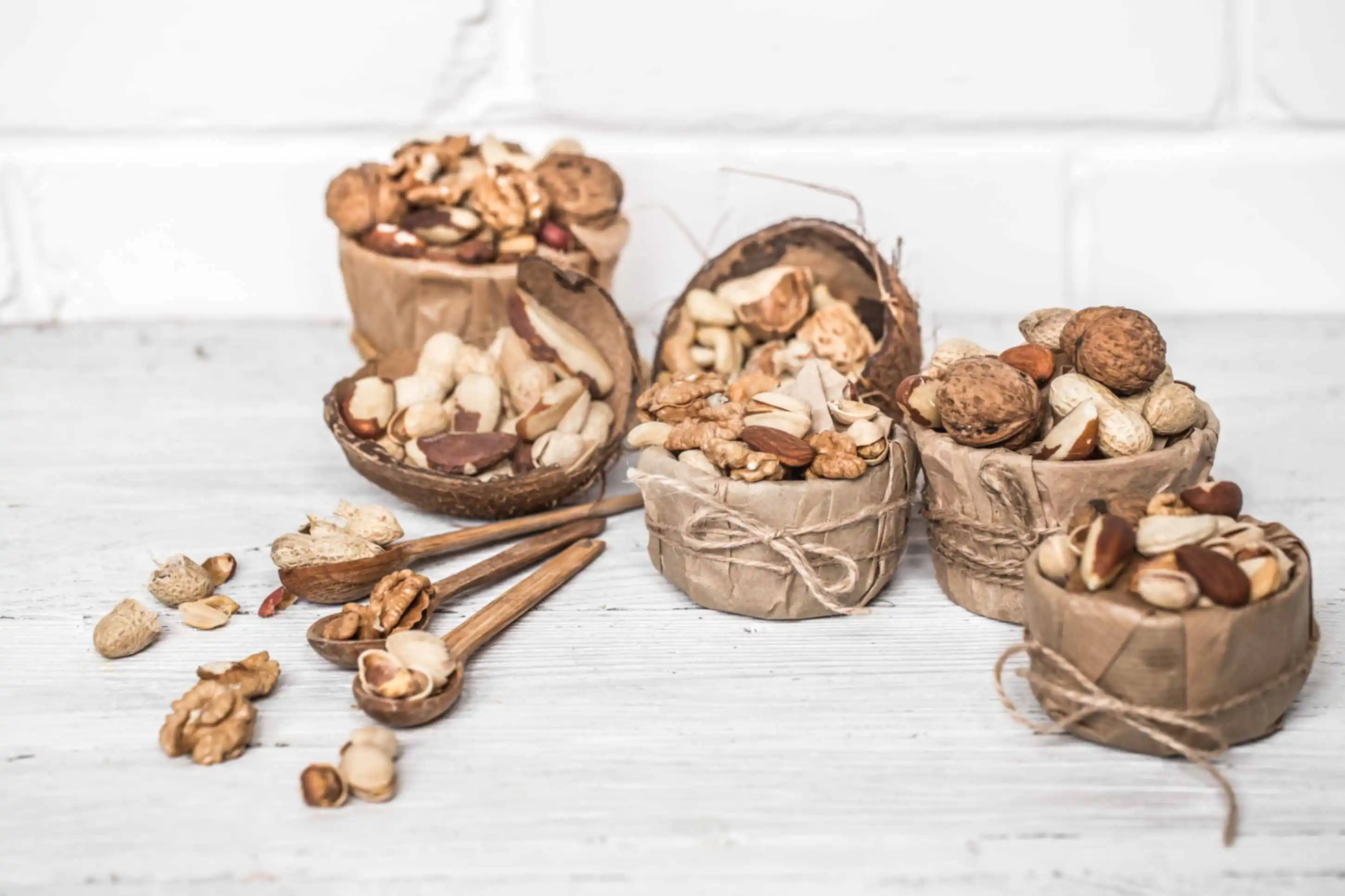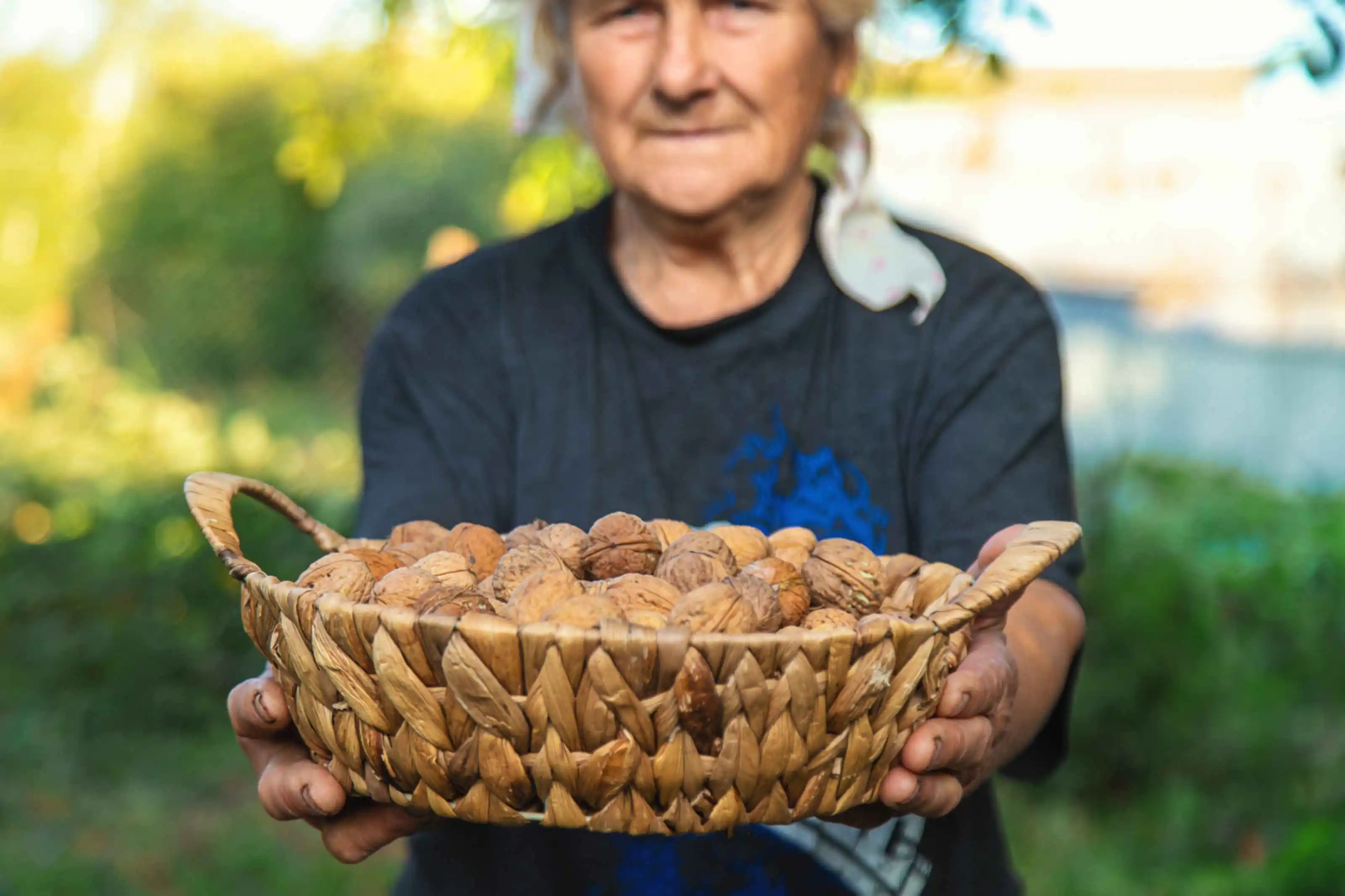Total :
Please log in to your account to place order
Profile is updated successfully!
Cart is updated successfully!
Please log in to your account to place order
Are you sure you want to logout?
Please login to add items to wishlist
Already exist in wishlist
Free Delivery over ₹3000*!

Gift-giving is an age-old tradition that transcends cultures and continents, serving as a timeless expression of love, gratitude, and appreciation. In India, where relationships are cherished and celebrations are abundant, the act of gifting holds a special significance, weaving bonds of friendship and fostering a sense of community.
From festivals and weddings to birthdays and anniversaries, gifting plays a central role in Indian culture, symbolizing heartfelt wishes and blessings for the recipient's happiness and prosperity. Whether it's a box of sweets shared during Diwali, a basket of fruits presented at a housewarming ceremony, or a piece of jewelry given to mark a milestone occasion, each gift carries with it a message of love and goodwill.
In recent years, the art of gifting has evolved beyond traditional offerings to include a wide range of options tailored to individual preferences and tastes. From personalized gifts that speak to the recipient's unique interests to experiential gifts that create lasting memories, there are endless ways to show someone you care.
Moreover, with the rise of e-commerce platforms and online shopping, gifting has become more convenient and accessible than ever before. Whether near or far, you can now send gifts to your loved ones with just a few clicks, making it easier to spread joy and happiness, no matter the distance.
Ultimately, whether big or small, extravagant or simple, the act of gifting is a powerful way to strengthen bonds, nurture relationships, and make meaningful connections that last a lifetime. So, the next time you have an opportunity to give a gift, remember that it's not just the item itself that matters but the sentiment and thoughtfulness behind it that truly make it special.

Nuts have long been revered for their nutritional value, and in India, native varieties offer a bounty of health benefits along with their delicious taste. Cashews, known for their creamy texture, are rich in healthy fats, protein, and minerals like magnesium and zinc. They support heart health, bone strength, and immune function, making them a popular choice in Indian cuisine.
Almonds, prized for their delicate flavor and crunch, are packed with protein, fiber, and vitamin E. They promote heart health, aid in weight management, and contribute to overall well-being. Pistachios, with their vibrant green color, offer antioxidants, fiber, and healthy fats, supporting eye health, blood sugar management, and gut health.
Walnuts, with their earthy richness, provide omega-3 fatty acids, antioxidants, and minerals, promoting brain health, reducing inflammation, and supporting heart health. Peanuts, commonly consumed as snacks or in dishes, offer protein, fiber, and monounsaturated fats, supporting muscle growth, satiety, and heart health.
These native nuts of India not only enhance the flavor and texture of dishes but also provide a wealth of nutrients that contribute to a healthy lifestyle. Incorporating them into your diet can be a delicious way to reap their nutritional benefits and support overall well-being.

Eating locally grown food isn't just a trend; it's a sustainable choice with far-reaching benefits for both individuals and communities. When you opt for locally sourced produce, you're not just supporting local farmers; you're also making a positive impact on the environment, your health, and the economy.
Locally grown food travels shorter distances from farm to table, reducing carbon emissions associated with transportation and preserving the freshness and nutritional value of the produce. By supporting local farmers, you're also helping to preserve farmland and protect biodiversity, ensuring that future generations have access to nutritious, homegrown food.
Moreover, eating locally allows you to connect with the seasons, savoring the flavors of fresh, ripe produce at its peak. Fruits and vegetables that are allowed to ripen on the vine or tree are often more flavorful and nutrient-dense than their counterparts that are harvested prematurely and shipped long distances.
Additionally, buying local stimulates the local economy, creating jobs and fostering vibrant communities. When you purchase from local farmers markets or farm-to-table restaurants, you're investing in your community's future and helping to build a more resilient food system.
Overall, eating locally grown food is a simple yet powerful way to promote sustainability, support local businesses, and nourish both body and soul with fresh, wholesome fare. By making conscious choices about where our food comes from, we can all play a part in creating a healthier, more sustainable world for ourselves and future generations.

Here's the recipe for Chocolate Nut and Dry Fruit Bark broken down into simple steps:
Gather your ingredients: high-quality dark chocolate, assorted nuts (such as almonds, walnuts, and pistachios), and dried fruits (such as cranberries, apricots, and raisins).
Break the dark chocolate into small pieces and place them in a heatproof bowl. Set the bowl over a pot of simmering water, ensuring that the bottom of the bowl doesn't touch the water. Stir the chocolate occasionally until it's completely melted and smooth.
Line a baking sheet with parchment paper or a silicone baking mat, ensuring it fits snugly.
Pour the melted chocolate onto the prepared baking sheet, using a spatula to spread it out evenly into a rectangular shape, about ¼ to ½ inch thick.
Sprinkle the chopped nuts over the melted chocolate, followed by the dried fruits. Make sure to distribute them evenly across the surface of the chocolate.
Use the back of a spoon or spatula to gently press the nuts and dried fruits into the melted chocolate, ensuring they adhere well.
Allow the bark to cool and set at room temperature for about an hour, or until firm. You can also place it in the refrigerator for faster setting.
Once the bark is completely set, use your hands or a knife to break it into rustic pieces of your desired size.
Serve the Chocolate Nut and Dry Fruit Bark as a decadent dessert, a sweet snack, or package it beautifully for gifting to friends and family. Enjoy the irresistible combination of chocolate, nuts, and dried fruits in every delicious bite!
This recipe is not only simple to make but also allows for endless customization with your favorite nuts and fruits. Enjoy creating and indulging in this delightful treat!

Food adulteration, unfortunately, remains a prevalent concern in Chennai, posing serious health risks to its residents. Despite regulations in place, the city grapples with instances of adulteration across various food products, including spices, grains, oils, and dairy.
One of the primary challenges is the lack of stringent enforcement of food safety standards, allowing unscrupulous vendors to adulterate products for financial gain. Common adulterants include synthetic colors, harmful chemicals, and inferior quality substances, which not only compromise the nutritional value of food but also pose significant health hazards.
In Chennai, where street food culture thrives, consumers are particularly vulnerable to adulterated food items sold in unregulated markets and roadside stalls. Additionally, the rampant use of food additives and preservatives in processed foods further exacerbates the issue, raising concerns about long-term health implications.
To combat food adulteration effectively, concerted efforts are needed from regulatory authorities, food manufacturers, and consumers alike. Strict enforcement of food safety regulations, regular monitoring of food establishments, and public awareness campaigns are crucial steps towards ensuring the availability of safe and wholesome food in Chennai.
Ultimately, addressing food adulteration requires a collective commitment to safeguarding public health and promoting transparency and accountability across the food supply chain. By prioritizing food safety and quality, Chennai can strive towards a healthier and safer future for its residents.

Sourcing the finest variety of grains, pulses, and millets from different regions of India is like embarking on a culinary journey across the diverse landscapes of the country. Each region boasts its own unique climate, soil, and agricultural practices, giving rise to a rich tapestry of flavors and textures that define India's culinary heritage.
From the fertile plains of Punjab to the sun-drenched fields of Tamil Nadu, every corner of India offers a treasure trove of grains, pulses, and millets that are celebrated for their quality and taste. Basmati rice from the foothills of the Himalayas, renowned for its fragrant aroma and long grains, is a favorite in northern Indian cuisine, while aromatic varieties like jeera samba rice from Tamil Nadu add depth and flavor to southern dishes.
Pulses like chana dal from the heartland of Madhya Pradesh and urad dal from the Deccan plateau are prized for their creamy texture and nutty flavor, while millets such as jowar from Maharashtra and ragi from Karnataka are valued for their nutritional benefits and versatility in cooking.
By sourcing the best variety of grains, pulses, and millets from different regions of India, we not only ensure superior quality and taste but also support local farmers and preserve traditional agricultural practices. It's a celebration of India's culinary diversity and a tribute to the rich bounty of nature that sustains us all.